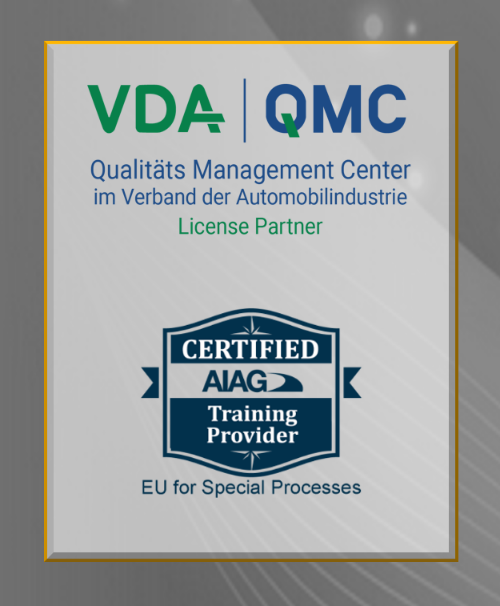ZVEI Guideline for Technical Cleanliness
Electronics Industry Association ZVEI publishes the Guideline for Technical Cleanliness in electrical engineering, which addresses cleanliness testing according to VDA 19.1 and the questions involved in planning and optimizing production areas relevant to cleanliness according to VDA 19.2 from the perspective of the production of electrical, electronic, and electromechanical components as well as printed circuits and electronic component assemblies.
Contents of the ZVEI Guideline for Technical Cleanliness
1 Introduction
2 Technical Cleanliness
2.1 What is Technical Cleanliness?
2.2 History – the Standardization of Technical Cleanliness
2.3 Technical Cleanliness in the Electrical Industry
2.4 Scope of Validity of this Guideline
3 Technical Cleanliness as a Challenge for Suppliers
3.1 Contaminants
3.1.1 Definition of Particles
3.1.2 Definition of Fibers
3.2 Test Procedure to Determine Technical Cleanliness
3.2.1 Basic Principles
3.2.2 Systems Engineering
3.2.3 Parameters for the “Injection” Extraction Procedure
3.2.4 The Injection Process
3.2.5 Preparing the Membrane for Metrological Analysis
3.3 Metrological Analysis
3.4 Statistical Data Generation
3.4.1 Approach for Variant a: Determining the Number of Particles per Particle Class
3.4.2 Approach for Variant b: Determining the Maximum Particle Length
3.4.3 Comparing the Two Variants a and b
4 State of the Art: Technical Cleanliness in the Electrical Industry
4.1 Process Flow (per Cluster)
4.1.1 Electronics Production Cluster
4.1.2 Passive Components Cluster
4.1.3 Electronic Components Cluster
4.1.4 Conductor Plate Cluster
4.2 Current State of Technical Cleanliness in the Electronics Industry
4.2.1 Electronics Production
4.2.2 Components
4.2.3 Electromechanical Components
4.2.4 Conductor Plates
4.3 Determining the Possible Origin of Particles in Production
4.3.1 Particle Development
4.3.2 Electronics Production Cluster
4.3.3 Passive Components Cluster
4.3.4 Electromechanical Components Cluster
4.3.5 Conductor Plate Cluster
4.4 Tips for Cleaning
4.4.1 Washing
4.4.2 Brushing
4.4.3 Vacuuming
4.4.4 Blowing
5 Summary
6 Looking Ahead
7 Further Reading
8 Participating Companies
You can download the complete ZVEI guideline here.
For many years now, we at TopQM Systems have been advising and auditing large-scale German OEMs and their suppliers concerning fulfillment of the requirements according to VDA Vol. 19.1, VDA Vol. 19 part 2 (VDA 19.2), and ISO 16232. The ZVEI guideline is also relevant for electronics manufacturers.
Do you need assistance with auditing according to VDA 19.1 or VDA 19.2? Click here to contact us. We look forward to your inquiry.
